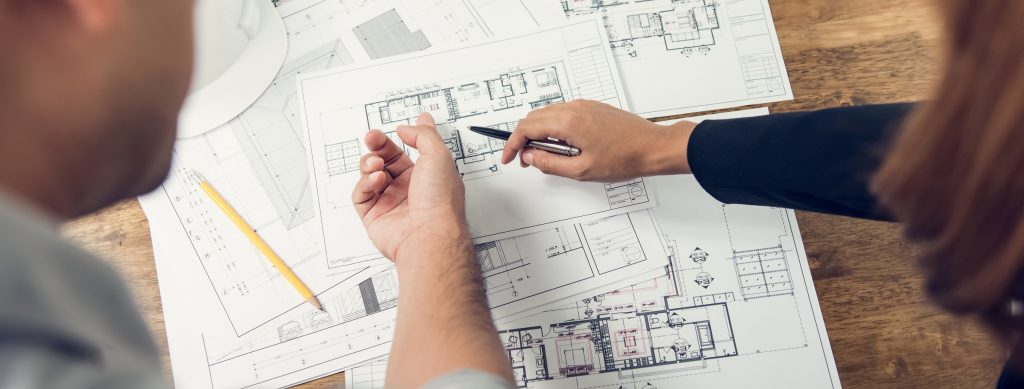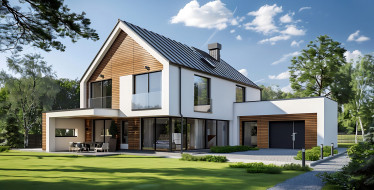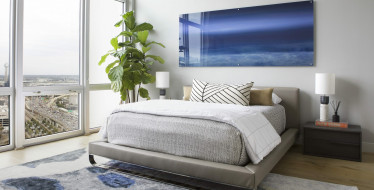Building a new home is an exciting and rewarding experience. It’s a chance to design a space that’s tailored to your lifestyle and to your family’s needs. However, building a home is also a significant investment, and somewhat of a daunting experience, that requires careful planning and decision-making. As an expert in the field, we’ve worked with countless builders and have helped clients get through this process with the end goal of helping them create their dream home. We’ve compiled a list of things to look out for when working with a builder, and tips on how to ensure you are upgrading your new build without upgrading the price.

- Choose a reputable builder
One of the most crucial steps in building a new home is selecting the right builder. A reputable builder will have a proven track record of delivering quality homes and excellent customer service. Do your research, read reviews, and ask for references before making a decision. This step should not be taken lightly as the builder you select will set the tone for the rest of your project.
- Have a clear vision
Before you start building, it’s important to have a clear vision of what you want your home to look and feel like. Consider your lifestyle, your family’s needs, and your budget. Work with your builder to create a custom plan that meets your requirements and expectations. Your builder is an expert in new home construction. Use their expertise to your advantage.
- Get involved in the design process
Building a new home is a collaborative effort between the builder and the homeowner. Make sure you have a clear vision and get involved in the design process. This is where your interior designer can help you navigate the industry jargon and help you decide which upgrades are worth the splurge. More on that below. Provide input on everything from the layout and finishes to the lighting and landscaping. Your builder should be open to your ideas and suggestions and should work with you (and your interior designer) to create a space that reflects your unique style and personality.
- Prioritize Upgrades
Before you begin any upgrades, it is essential to prioritize which upgrades are most important to you. Consider which upgrades will add the most value to your home and which will improve your quality of life. Focus on upgrades that are necessary for your lifestyle, such as a larger kitchen or an additional bathroom. These upgrades are worth investing in, as they will have a lasting impact on your home’s functionality and value. With the help of an interior designer, you can determine which upgrades are worth the investment now. Many of those upgrades can be done after you move in at a fraction of the cost.
5. Consider Pre-Construction Upgrades
One way to save money on upgrades is to consider pre-construction upgrades. These upgrades are completed during the construction phase and can save you money on labor costs and materials. Pre-construction upgrades can include things like adding additional electrical outlets, upgrading insulation, or adding a gas line for a fireplace. By completing these upgrades during the construction phase, you can save money and avoid having to make costly changes after your home is completed.
6. Post Move-In Upgrades
There are several upgrades that can easily be completed post move-in without the builder price tag. These upgrades include things like painting, installing different light fixtures, adding shelving and swapping out hardware. Most of these upgrades add personality to your space and can make the house feel more like a home.
7. Upgrade With Resale In Mind
Whether you are choosing upgrades now or later, consider the resale value of your home. Some upgrades, like adding a pool or a home theater, may add significant value to your home, but may not be worth the investment. Instead, focus on upgrades that will appeal to a broad range of buyers, such as upgraded flooring, countertops, kitchen cabinets and appliances. These upgrades will add value to your home and make it more attractive to potential buyers if you decide to sell in the future.
This article from Realtor.com is a great read when discussing the most unnecessary and valuable builder upgrades for your home. Now that you have some insightful tips on how to navigate the world of new builds, what upgrades are must-haves in your mind? We want to know what is a deal breaker when upgrading your new build.









